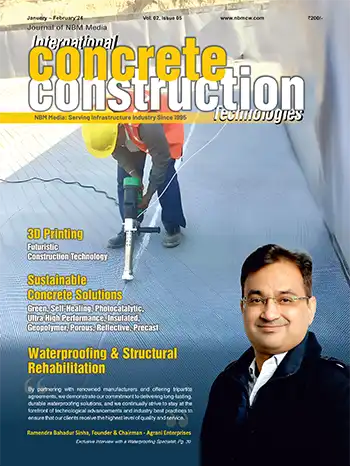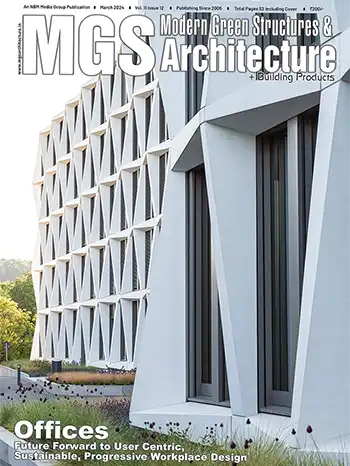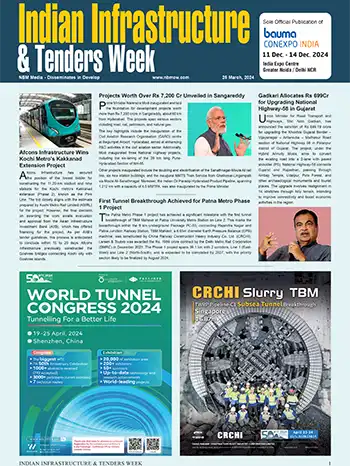Fly ash Utilization: Part I - Understanding Basics
Geetha Seshadri, Gunjan Suri, Pranshu Chhabra Kapoor and Rakesh Kumar Khandal, Shriram Institute for Industrial Research, Delhi.
Introduction
With the success stories of research and development work conducted on fly ash, so far, the generation of fly ash is no longer being considered as an issue of concern or fly ash as an undesirable waste product. In fact, now fly ash is being considered as a useful resource for various industrial applications.The successful experiences of utilization of fly ash in large volumes in value-added applications in the developed world have resulted in increasing the level of utilization of fly ash to the extent that it matches well with the generation of fly ash. Moreover, the life-cycle of products based on fly ash has been well understood as well as appreciated as a result of which fly ash based products are being taken as green materials.
Inspite of all this happening elsewhere, the scenario in developing countries is quite different from that in the developed world. Till the other day, there existed a kind of resistance in accepting fly ash as a useful material for different applications in the developing countries. With the time, the only change that has happened pertains to the perception of the people who have started accepting fly ash as a useful resource material. Even though, the exploitation of the potential of fly ash for different industrial applications has yet to attain desired levels, however, the utilization of fly ash in large volumes as a valuable resource is just a question of lime.
Because of the fact that the requirement of electricity has been rising and most of it would be generated from coal, the generation of fly ash would always be rising especially in developing countries like India. The quantities of fly ash generated during 2009 has touched a figure of 110 million tonnes. The estimates for the year 2030 indicate the production to cross 10 billion tonnes. Such large volumes of fly ash need to be disposed off in an environment-friendly manner to avoid the burden on the environment and to eliminate the adverse impacts due to the stocking of fly ash in ponds, on the ecology. The utilization levels for the year 2009 have been to the extent of nearly 50% of the fly ash generated. To achieve a utilization level of almost 100% of the fly ash generated, a lot of efforts are needed especially in applications where fly ash can be consumed in large volumes. This has to be done not just for a given year but for year-after-year on a sustainable basis to dispose-off the ever increasing quantities of fly ash with time.
The experiences so far have been good and their success is worth emulating. The utilization of fly ash, so far, has largely been in applications where fly ash is used either as a replacement for the conventionally used materials or as an additive in certain applications to benefit from the synergistic or advantageous attributes of fly ash. The applications where fly ash can be used to produce highly valuable materials have yet to become a reality. There are several bottlenecks at various stages. Unless such bottlenecks are removed, the goal of converting all of the fly ash into useful and valuable materials will remain far-fetched.
The present paper touches upon some of the important aspects essential for exploitation of fly ash. Not only the areas where fly ash can become a resource material are discussed but the reasons as to why it has not been happening in several other areas are also highlighted. Further, the path forward leading to the exploitation of fly ash in high volumes and at the same time high value applications has also been suggested.
This is a premium article available exclusively for our subscribers.
If you are already a subscriber, please Login
If not, subscribe now and get access to well researched articles & reports on infrastructure construction, equipment & machinery, innovations & technology, project reports, case studies, and more. All this by simply paying just ₹200/- for a month of complete portal access, or a discounted rate of ₹1000/- for a full year of access.
NBM&CW October 2012


















